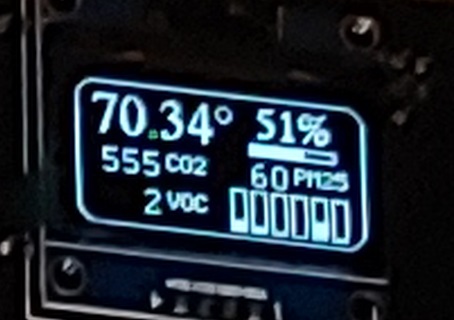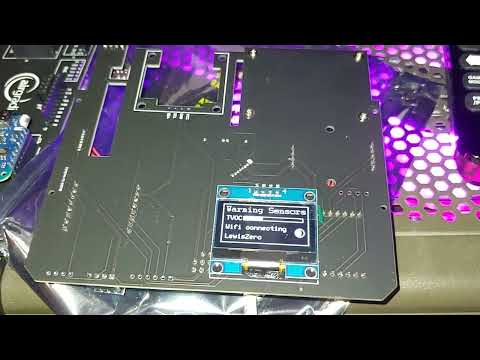I am curious why PM2.5 is given specific attention in this project. The whole project, and related documentation, and even the identifiers in the code consistently refer to PM2.5. The sensor is named in the code as if it is a PM2.5 sensor.
The PMS5003 is capable of outputting many more things, including PM1.0, PM10, and a full 6-bucket histogram of the distribution of particles by differing diameters. The air gradient library is written to only return the PM2.5 value which seems to me (maybe naively?) to be a shame since it is the most expensive single component and we are only getting one out of 12 possible values it can return.
I have modified the airgradient library to return all the values, although 3 of them are the non-standard-particle forms of the PM readings which I am not interested in, so I’m using 9 out of the 12 metrics it produces (still more than 1 out of 12).
I can find no discussion about this, is it because the library was written to only get 1 out of 12 values and everyone takes that as a given and is unaware it can do more? Or is there something special about PM2.5 that makes it more of a standard, or more important for health purposes, that it was chosen to be the one thing we read off the sensor with the rest of the data thrown away?
I don’t really know much about “air quality” as a subject, I just know from the spec sheet of the device it can do more.

